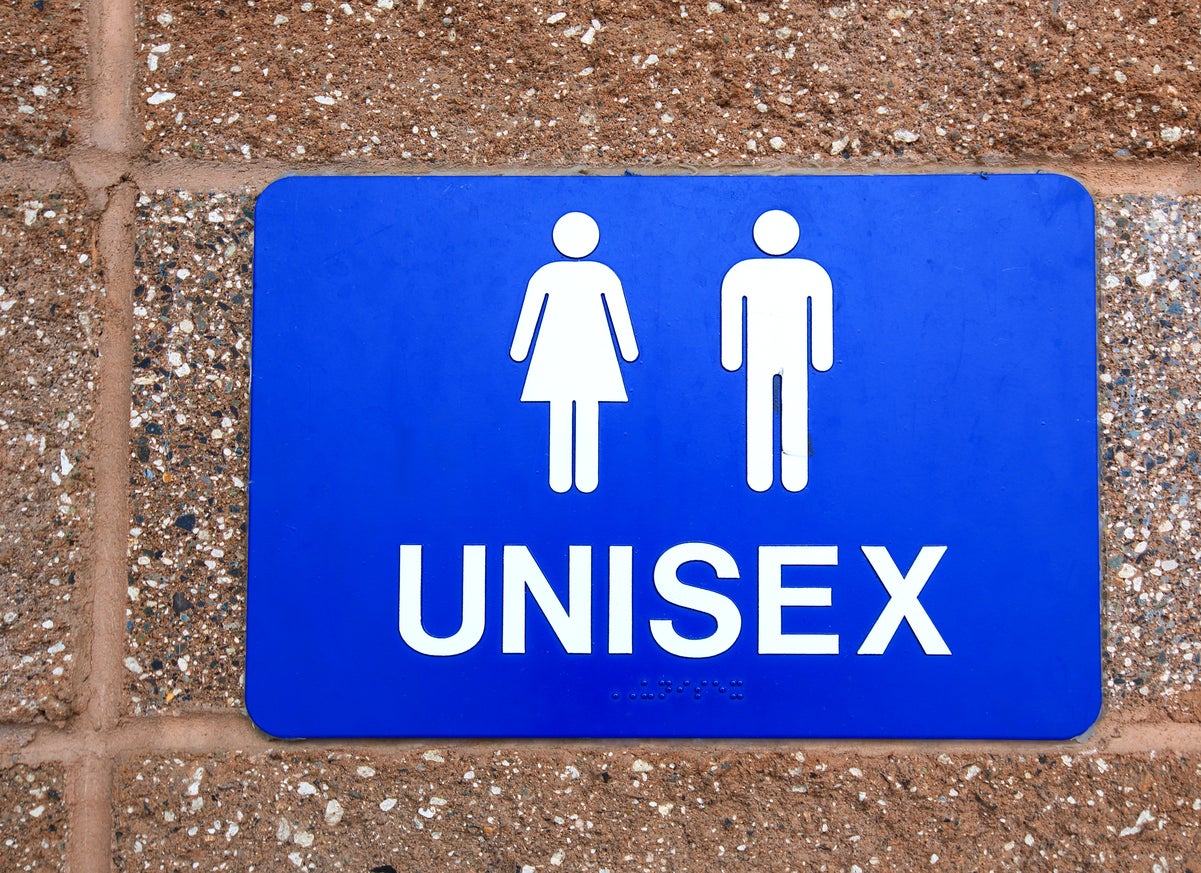Unisex changing rooms put women at danger of sexual assault, data reveals

Your support helps us to tell the story
From reproductive rights to climate change to Big Tech, The Independent is on the ground when the story is developing. Whether it's investigating the financials of Elon Musk's pro-Trump PAC or producing our latest documentary, 'The A Word', which shines a light on the American women fighting for reproductive rights, we know how important it is to parse out the facts from the messaging.
At such a critical moment in US history, we need reporters on the ground. Your donation allows us to keep sending journalists to speak to both sides of the story.
The Independent is trusted by Americans across the entire political spectrum. And unlike many other quality news outlets, we choose not to lock Americans out of our reporting and analysis with paywalls. We believe quality journalism should be available to everyone, paid for by those who can afford it.
Your support makes all the difference.The vast majority of reported sexual assaults at public swimming pools in the UK take place in unisex changing rooms, new statistics reveal.
The data, obtained through a Freedom of Information request by the Sunday Times, suggests that unisex changing rooms are more dangerous for women and girls than single-sex facilities.
Just under 90 per cent of complaints regarding changing room sexual assaults, voyeurism and harassment are about incidents in unisex facilities.
What’s more, two thirds of all sexual attacks at leisure centres and public swimming pools take place in unisex changing rooms.
Of 134 complaints over 2017-2018, 120 reported incidents took place in gender-neutral changing rooms and just 14 were in single-sex changing areas.
In a further 46 cases, sexual assault allegations were made about attacks in other areas such as in the pool, in a sports hall or corridors.
Unisex facilities account for less than half the changing areas across the UK, but the number is on the rise - doing away with separate male and female changing rooms and toilets is seen as a way to cut staff costs and better cater for transgender people.
“These figures show that women and girls are more vulnerable in mixed changing rooms and there is a danger these places are becoming a magnet for sexual offenders,” says David Davies, MP for Monmouth.
“It simply doesn’t make sense to enable men to have greater access to women’s spaces. The reforms to gender recognition will grant that access.”
The concept of unisex changing areas and toilets has proven controversial - two years ago, visitors to Chelsea Sports Centre in West London voiced their anger at plans to merge the male and female changing rooms over fears of compromised privacy and increased risk of sexual harassment.
However it’s not just in swimming pools and leisure centres that unisex changing areas are on the rise - high street chain Topshop, for example, has had gender-neutral changing rooms for nearly a year.
But according to Nicola Williams, spokeswoman for Fair Play for Women, “spaces where women are undressed should be single-sex as a matter of course. This is obvious, elementary safeguarding.”
Join our commenting forum
Join thought-provoking conversations, follow other Independent readers and see their replies
Comments